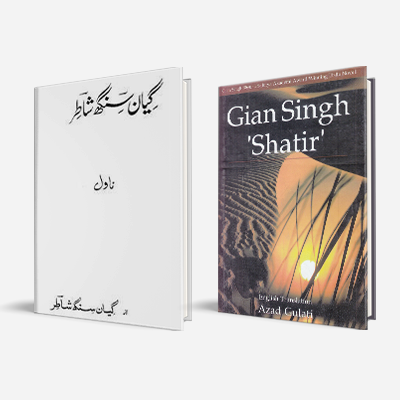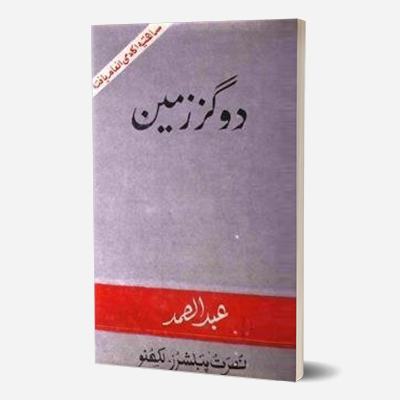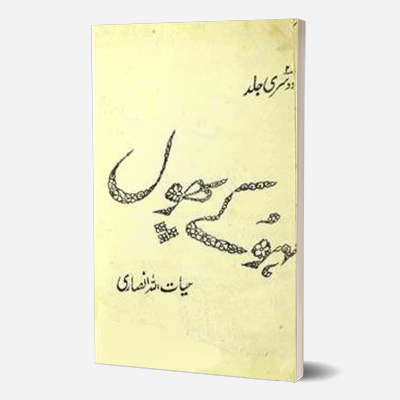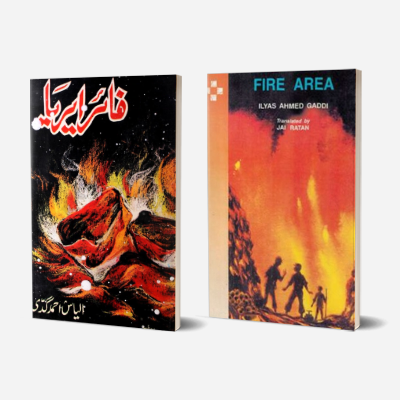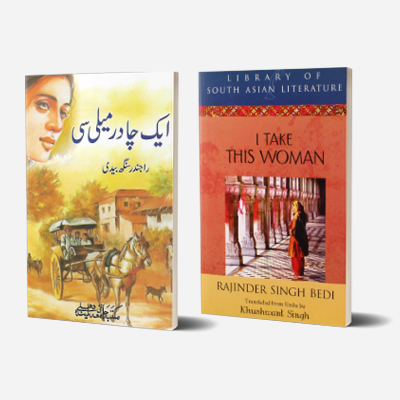Lahoo ke phool
By Hayatullah Ansari
Hayatullah Ansari’s voluminous Urdu novel Lahoo ke Phool based on the history of India’s freedom struggle, along with the decay of the old jagirdari system of land allotment, is written in 5 volumes. It received the Sahitya Akademi Award in 1970.
About the Author
Hayatullah Ansari (1912–1999) was an Indian author, journalist and politician from Uttar Pradesh. He jointly wrote the script of Chetan Anand’s Neecha Nagar along with Khwaja Ahmad Abbas, which was the only Indian film to have won the Grand Prix at the Cannes Film Festival in 1946. Ansari also served in the selection board of the Jnanpith Award.
Fire Area
By Iliyas Ahmad Gaddi
Translated into English by Jai Ratan
Set against the backdrop of coalfields in Bihar, Fire Area delineates the lives of the labourers and the exploitation of the backward classes at the hands of the rich and the bureaucrats. It encompasses a murky world of moral conflicts inhabited by people of varying lives and character, engaged in the monumental struggle for survival, where both realism and idealism coincide and clash. One of the finest novels to emerge from the modern Urdu literature, Fire Area received the Sahitya Akademi Award in 1996.
About the Author
Novelist and short story writer, Iliyas Ahmad Gaddi is one of the pioneers of new writing in Urdu. He made his literary debut in 1948 with his short story ‘Afkaar’. He has published two collections of short stories and is popularly known for his Sahitya Akademi Award-winning novel Fire Area which had enriched fiction with its rootedness in the soil of Bihar, its effective exploitation of the local idiom and the powerful plea for social justice and humanism.
Ek Chadar Maili Si
By Rajinder Singh Bedi
Translated into English as I take This Woman by Khushwant Singh
Ek Chadar Maili Si is a brutally honest exploration of sexuality, society and relationships marked by vivid realism and vigour of narration. It revolves around a tradition in Punjab, as part of which, the younger brother weds his elder brother’s widow upon the latter’s death. This tradition is called ‘chadar daalna’. Compelled by custom and physical force, the male protagonist, Mangal weds his sister-in-law Rano. In their marriage ceremony Mangal places a slightly soiled, somewhat tattered three-yard cambric sheet (maili si chadar) over Rano, signifying transference of shelter and security. Initially reluctant, with time both Mangal and Rano get over their dilemma and find not merely consummation but passion also in their union. This book, which has been hailed as ‘an outstanding contribution to contemporary Urdu literature for its powerful characterisation and innate humanity’, received the Sahitya Akademi Award in 1965.
About the Author
Short-story writer, novelist, playwright and screenplay writer, Rajinder Singh Bedi is acknowledged as one of the most prolific Urdu writers of all time. Bedi published his first collection of stories Dana-o-Daam in 1938 and followed it with Grahan (1942) which was hailed as a landmark in Urdu short stories. His literary career of fifty years was marked with versatility and some of the finest creative writing seen in Urdu literature. He was honoured with the Sahitya Akademi Award in 1965, Padma Shri in 1972 and the Ghalib Award in 1978.

